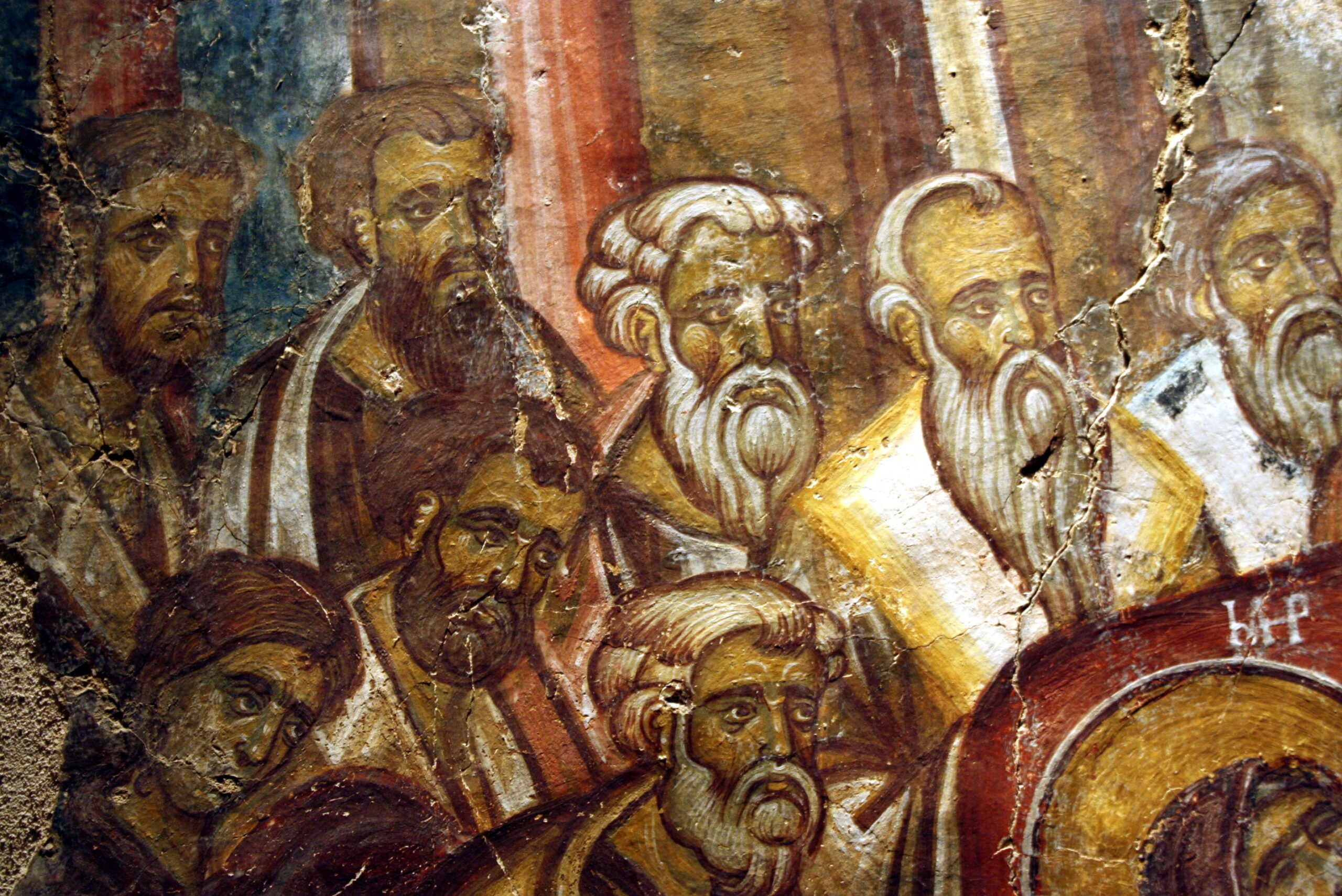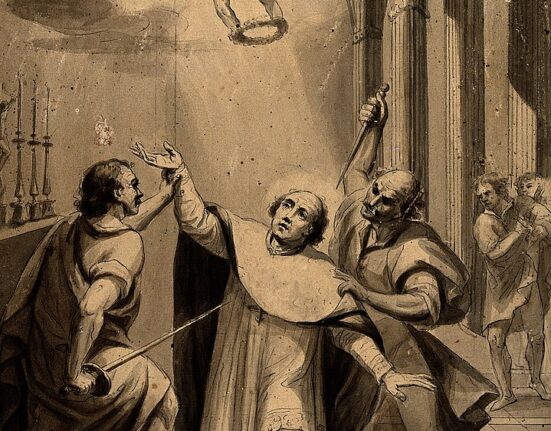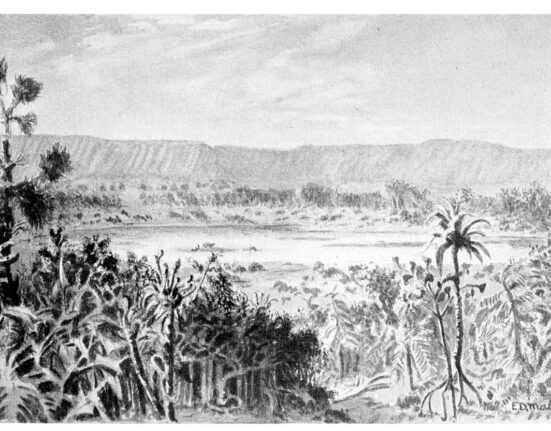Ask a modern person which year was the worst to be alive and they might say “2020.” Ask a Medieval European peasant which year was the worst in human history and they’ll likely reply “536.” But what about this particular year made it so terrible? The year 536 saw unusual and prolonged weather phenomena and ushered in a period of plague and famine which made the following decade unbearable for much of the world’s population. The cause of this unusual weather event was previously unknown, however modern researchers believe that they have found the culprit behind this Medieval era of misery.
Read More Ancient Oddities: Why is There a Stuffed Crocodile Hanging in This Italian Church Building?
The Year Without Sunshine
A Byzantine historian named Procopius said of the year 536:
…during this year a most dread portent took place. For the sun gave forth its light without brightness… and it seemed exceedingly like the sun in eclipse, for the beams it shed were not clear.
Procopius of Caesarea (1)
That year was dark, cold, and disastrous for much of the world. In Europe, summer temperatures struggled to escape freezing. In China, the summer season was bitterly cold and snowy. One of the main causes for this unprecedented cold snap, the coldest weather for as many as 2,300 years in fact, seemed to be a mysterious foggy darkness which fell over the land, blocking out much-needed sunlight. The “dread portend” of Procopius was only the beginning. The decade that followed would be a harsh and cold one during which crop failures would initiate deadly famines. Without sufficient food, the people of the Eastern Roman empire would be especially vulnerable to the Bubonic Plague which struck in the Pelusium, a Roman port in Egypt. In short, 536 was a difficult time to be Eurasian, and a terribly difficult time to be Roman. And the end of this dark year brought little relief. (2)
More Strange History: Elmer McCurdy: The Six Million Dollar Mummy
What the Trees Can Tell Us
The mysterious haze lasted for eighteen months. Parts of the world experienced darkness for the entire twenty-four hours of the day during the height of this phenomenon. The fascinating thing about investigating such occurrences with the assistance of modern science is the fact that such incredible circumstances leave ripples which echo through time and can be observed to this day. In fact, tree ring analysis indicates that Procopius’s reports are, indeed, true. The winters surrounding the year 536 were much much colder than usual and seem to have been affected by an unusual natural phenomenon. That leaves us with one question: what caused the sky to go dark in 536? (3)
More Historical Mysteries: Who is Rachel Wall? New England’s Ruthless Female Pirate
What Made 536 So Dark?
Just as remaining tree rings can tell us about the bitterly cold winters which they witnessed, so too can major meteorological events leave chemical signatures behind. Buried deep in the core of a Swiss glacier, Medieval and Roman history researchers have finally found their answer thanks to modern scientific advancements. Within the ice, chemical compounds were found that are consistent with a major volcanic eruption. These substances were found at a depth consistent with the year 536 and the year 540. This is to say that modern historians now believe that two massive volcanic eruptions, likely far away in the Americas, brought about the hardships which would lead to the designation of this period of Medieval history as a “Dark Age.” When major volcanic eruptions occur, the ash and dust that is propelled into the atmosphere has the potential to form a layer between the earth and the sun, darkening the sky and cooling the planet. It is now believed that this effect was both observed as the mysterious “fog” and felt by much of Eurasia as the cause of the vicious decade of cold and famine. (4)
More Fascinating History: The Fox Sisters: How a Prank Created the Modern Ghost Story






